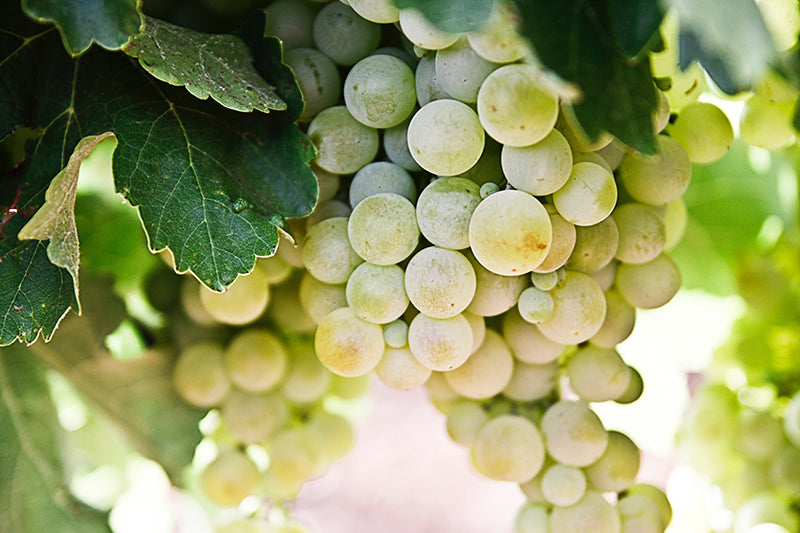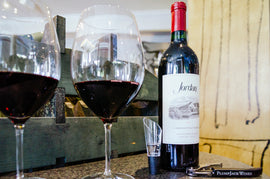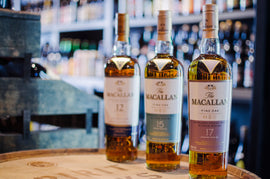There is a reason some people have dedicated their lives to understanding each and every nuance of white Burgundy. Once you’re hooked on white Burgundy, there’s no going back. The Chardonnay grape is capable of producing (with a little time and care) very decent wines almost everywhere it is grown, but it is only in Burgundy, where it first originated, that it reaches its apotheosis and achieves the sublime perfection of which it is capable. The Burgundians have been making wine since the second century A.D., and over time they have learned how to use exactly the right combination of hybrids, pruning, soil, microclimate, and viniculture to coax the Chardonnay grape into yielding the wonderful wine it is capable of when the conditions are just right. White Burgundy is unquestionably unique, and some would argue there is nothing like it made anywhere else in the world. When white Burgundy is on, it is very hard to beat, and it has the potential to stop you in your tracks whether you drink them young, middle aged, or venerable. The Côte de Beaune is the Beverly Hills of white Burgundy production, and is home to some the most expensive vineyards on Earth. The roughly 25-kilometer strip of the Côte de Beaune produces some of the most show-stopping, intense expressions of Chardonnay on the planet. Quantities of top white burgundies produced is tiny and global demand is huge, which is why these wines can be so phenomenally expensive
Aging white Burgundies has been a long tradition among wine collectors. During their youth, white Burgundies may be too closed and not that elegant. Master of Wine Clive Coates says: “One word of advice: one of the silliest things I have ever seen written about fine wine – in this case the journalist was writing about Musigny (a Grand Cru) – was that 'great wine should be great from the get-go'. This is absolute nonsense. Many wines, especially those from the biggest, most concentrated vintages, go through a period of adolescence, and during this period they taste far from great, especially to those unaware that the optimum drinking window may not open up for a decade or more. Meanwhile a more superficial wine may be all singing and dancing and get all the plaudits. Remember the story of the Ugly Duckling.” In general, the more particularity and pedigree a wine has, the longer it will last. This is especially true for Premier Cru and Grand Cru appellations.

When considering which Burgundy to drink, choosing the producer is of equal, or maybe of more importance than vintage. Two legendary houses in Burgundy, famous for their Chardonnays, are Domaine Lafon and Domaine Vincent Leflaive. Over the years, we have squirreled away a selection of wines and vintages from these iconic Burgundy estates and are now happy to share the opportunity for you to discover the glories of their wines with the added bonus of some bottle age. These wines are rare and extremely limited in availability.
Domaine Lafon
An estate that produces legendary wines that are not easy to come by and expensive when you can find them. Dominique Lafon took over from his father in 1984. The Domaine earned organic certification in 1995, and biodynamic certification in 1998. The team at Domaine des Comtes Lafon limits yields by de-budding vines in the spring. The harvest is all done by hand, and the grapes are sorted twice—once in the vineyards and again at the winery. Their vines average 32 years of age. Traditional, natural fermentations are the hallmark of the Domaine. Native yeasts, slow fermentations and long élévages allow the wines to express the complexity and nuance of each terroir. The Chardonnays are pressed gently and undergo a cool settling of the must for 24 hours before the juice is racked into both new and lightly-used oak barrels. Alcoholic fermentations last for three months, kept at a cool 22 to 24°C in their underground cellars. The whites are generally stirred on their lees, depending on the cuvee, and then undergo malolactic fermentation, which ends in May following the harvest. The whites are bottled unfiltered 18 to 22 months after the harvest. Sublimely silky and complex, the wines of Domaine des Comtes Lafon are a marvelous glimpse into the diversity of Burgundy’s terroirs.
Domaine Vincent Leflaive
Domaine Leflaive is the most famous estate in Puligny-Montrachet. The Leflaives have been in Puligny since 1717, but the real founder of the Domaine was Joseph (1870-1953) who was succeeded by two of his sons, Vincent and Jo. However, it was under the stewardship of Anne-Claude between 1990 and 2015 that the Domaine became a leader in Burgundy’s biodynamic movement, the whole property being converted in 1997. After the untimely death of Anne-Claude Leflaive in April 2015, the estate is now being managed by Brice de la Morandiere with the winemaking under the control of Eric Remy (in succession to Pierre Morey who retired in 2008). The wines are aged for 12 months in 25% new oak and are then transferred to steel tanks where they are allowed to clarify naturally over the second winter. They are then fined and bottled. Leflaive has 22 hectares of vineyards, including 10 hectares of Premiers Crus (in Puligny Montrachet: Les Combettes, Les Pucelles, Le Clavoillon, Les Folatieres, and in Meursault-Blagny, Sous le Dos d'Ane) and no fewer than 5 hectares of Grands Crus (Chevalier Montrachet, Bâtard Montrachet, Bienvenues Bâtard Montrachet and a tiny holding of Le Montrachet). Leflaive produces superb wines that combine richness and depth of fruit with elegance, refinement and perfect balance.
Find similar articles
chardonnay grapedomaine lafondomaine vincent leflaivewhite burgundywhite winewine




